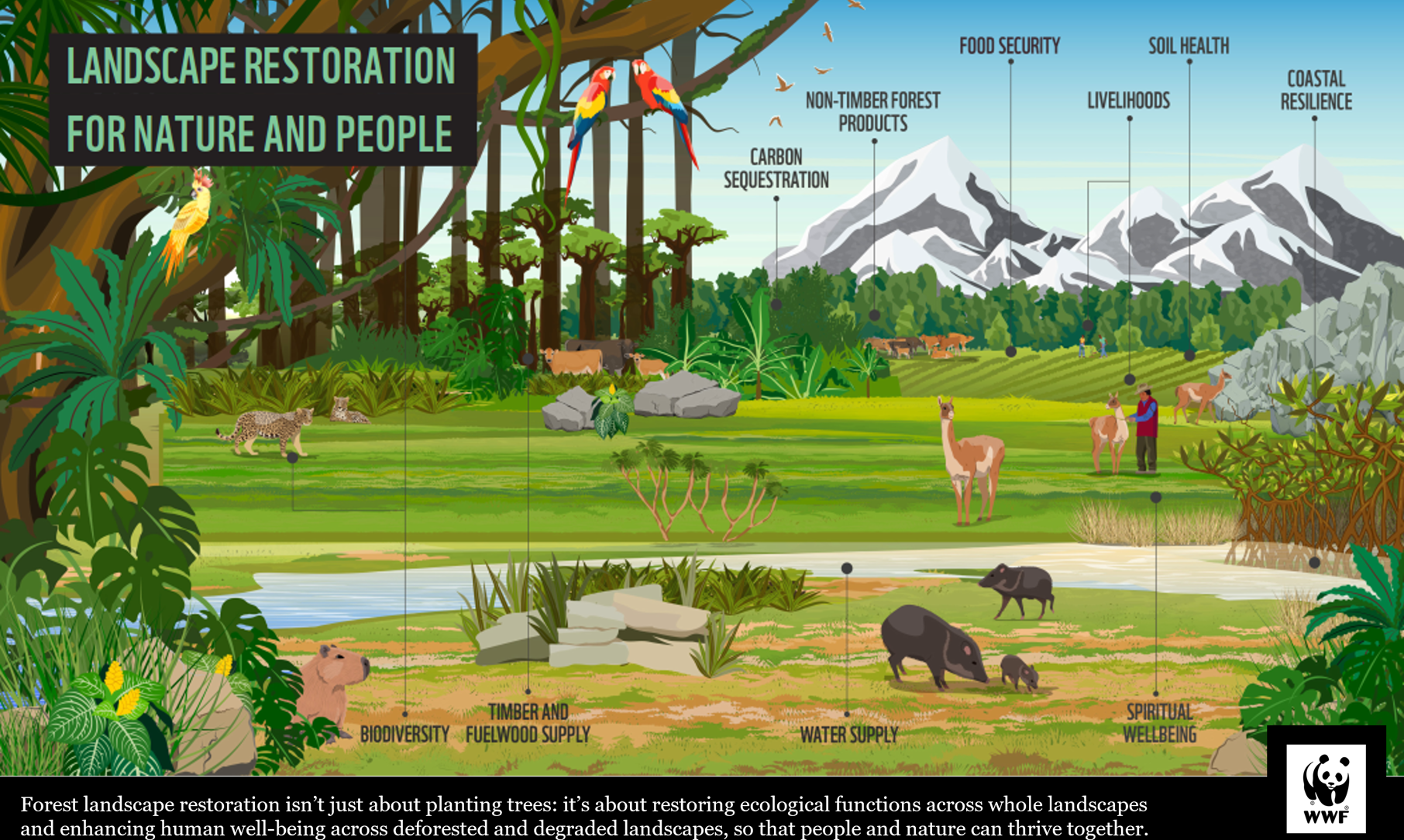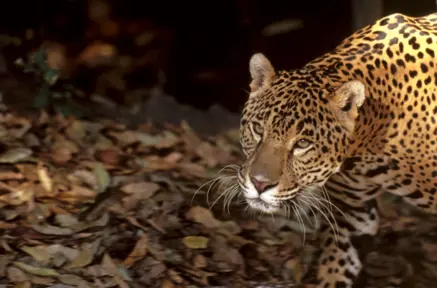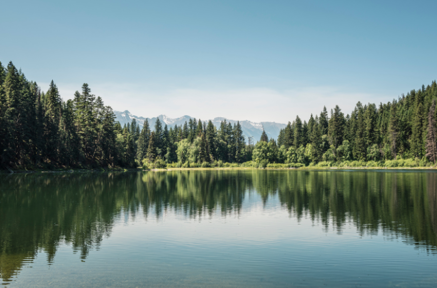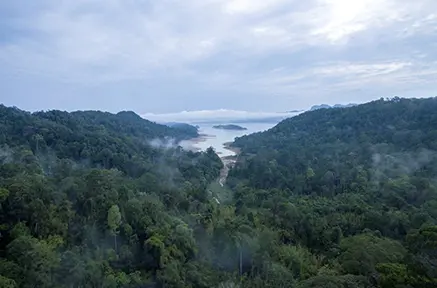
Conserving and restoring forests is about much more than ‘just’ planting trees. SIG is supporting three conservation and restoration programmes with WWF in vital forest landscapes around the world. Here’s why.
‘Planting trees is the answer!’: it’s a common and understandable thought. While planting trees can offer much for climate, nature and people, it is a simple and catchy idea that overlooks the complexity of the problem. Forest ecosystems always involve people – so solutions that consider an entire landscape and the context of the people within it are needed.
What is a ‘landscape’? More than an area of land, it’s a socio-ecological system. Picture the Central Pacific Corridor forest landscape in Mexico, where SIG is supporting WWF. Here, there is a mosaic of geological features and ecosystems including native forests with roaming jaguars, river basins and grasslands combined with human-dominated agricultural land, urban areas, infrastructure and business operations. Examples of threats to forests here are unsustainable livestock production and human-wildlife conflict, showing how a landscape is influenced by social processes as well as ecological.
For a landscape to be ‘sustainable’, it needs to meet the needs of both people and nature today, without affecting the landscape’s ability to provide for them in the future.
As well as accelerating responsible sourcing through WWF’s Forests Forward programme, SIG is investing beyond its own supply chain to support a ‘landscape approach’ in at-risk forest landscapes in Mexico, Malaysia and Thailand. This multi-disciplinary approach to managing an area integrates all contexts – including social and ecological – to guide conservation and restoration efforts. It goes beyond considering a project in a single location to considering factors in the broader geographic area that it connects to and helps ensure the work is sustainable in the long term.

Here are four reasons why an integrated landscape approach can have effective and long-lasting impact:
1. Planting trees does not make a forest
A forest is more than just an area with trees; it is a buzzing, thriving, complex, multi-species ecological system in which trees are the dominant life form. Tree-planting initiatives often fail to replicate this complexity. Plus, if the underlying issues – which may well be socio-economic – in a landscape are not addressed, then what ensures that planted trees will grow and thrive in the long term?
In Mexico’s Central Pacific landscape, SIG supported WWF’s research to determine the most effective areas to restore forest corridors for jaguars, based on an analysis of satellite imagery to determine forest connectivity and fragmentation, along with camera-trap monitoring and the analysis of local contexts. Nurseries growing a variety of native tree species have been established in collaboration with local communities, and soil restoration is underway across 185 hectares so far – a crucial first step to ensure the new trees will survive.
2. Sustainable projects center communities
Successful projects must create win-win solutions for both nature and people in the landscape. A project that doesn’t include and consult local people is doomed to fail in the long term and could even generate negative impacts upon vulnerable groups. On the other hand, forest landscape conservation and restoration efforts often contribute to sustainable development goals.
Through the Mexico project, WWF worked with local communities to identify their training needs, and based on these consultations, so far 29 communities have been engaged in programmes such as improved livestock management and human-jaguar conflict management.
In Thailand, WWF is working with communities to increase their capacity in agroforestry techniques and managing their community forests to support local livelihoods.
3. Greater resilience
Natural forests and their diversity of species form ecosystems that can better withstand environmental stresses, including climate change and disease. Natural forests also form more complex root systems that stabilize the soil, preventing erosion and landslides, and enhancing water retention, making them more resilient to drought. A more sustainable landscape also ensures resilient supply chains that do not collapse due to social, environmental or economic reasons.
Ulu Muda Forest Complex is a vital biodiversity hotspot water catchment area for thousands of people in northern Peninsula Malaysia. Water from Ulu Muda irrigates Malaysia’s ‘rice bowl’, contributing to 40% of national rice production. One component of the WWF work supported by SIG in the landscape is focused on advocacy, along with community empowerment, to improve the management of 170,000 hectares of forest, strengthening the resilience of the landscape to provide vital ecosystem services.
4. Supporting the building blocks of conservation programs
Different landscapes are in different stages of readiness for restoration and other conservation activities. By supporting the landscape approach, it helps set up ‘enabling conditions’, including spatial planning, technical capacity building, supporting community governance and convening multiple stakeholders. It may require patience, but getting these building blocks in place pays off in the long term, ensuring enduring impact and avoiding expensive problems down the line.
For example, through the Mexico project, WWF has co-developed the Mexican Alliance for Ecosystem Restoration (AMERE) with other civil society organisations, engaging different actors from government, private sector, communities, academia and NGOs to develop a national structure for restoration and shift the national culture around restoration.
The landscape approach is a core principle of how WWF operates its conservation and restoration programmes. It may be complex, but it’s more inclusive, effective and ensures high-quality and long-lasting results for nature, climate and people. That is why SIG is proud to support WWF’s efforts in three key landscapes.
Find out more about our projects on the Forests Forward Impact Portal.

How conserving the jaguar king can protect its forest kingdom

Business is yet to unlock the true value of protecting and restoring nature

